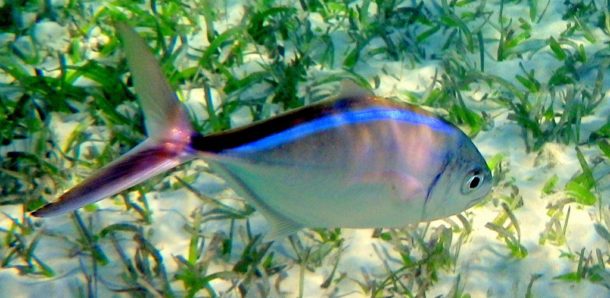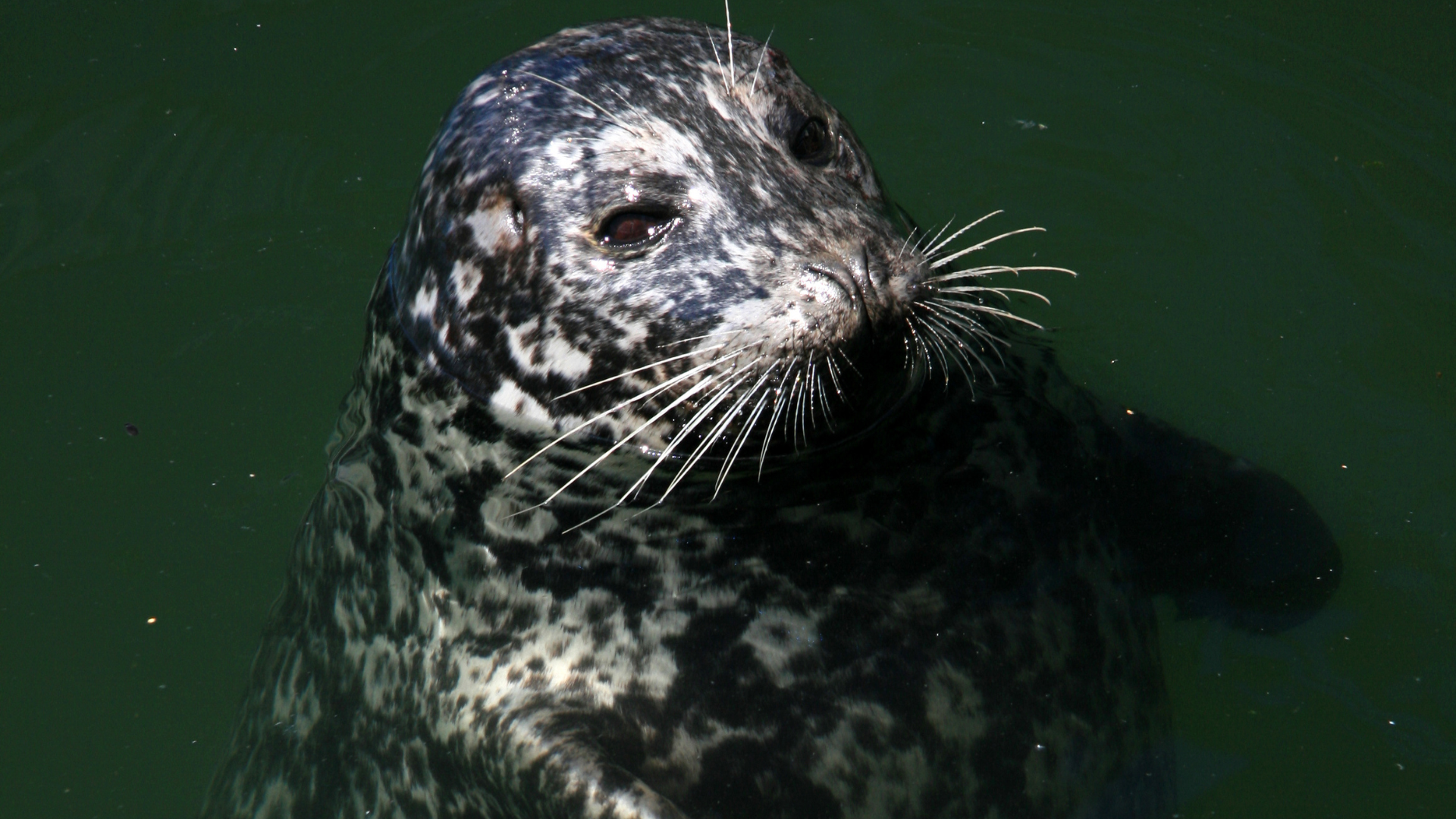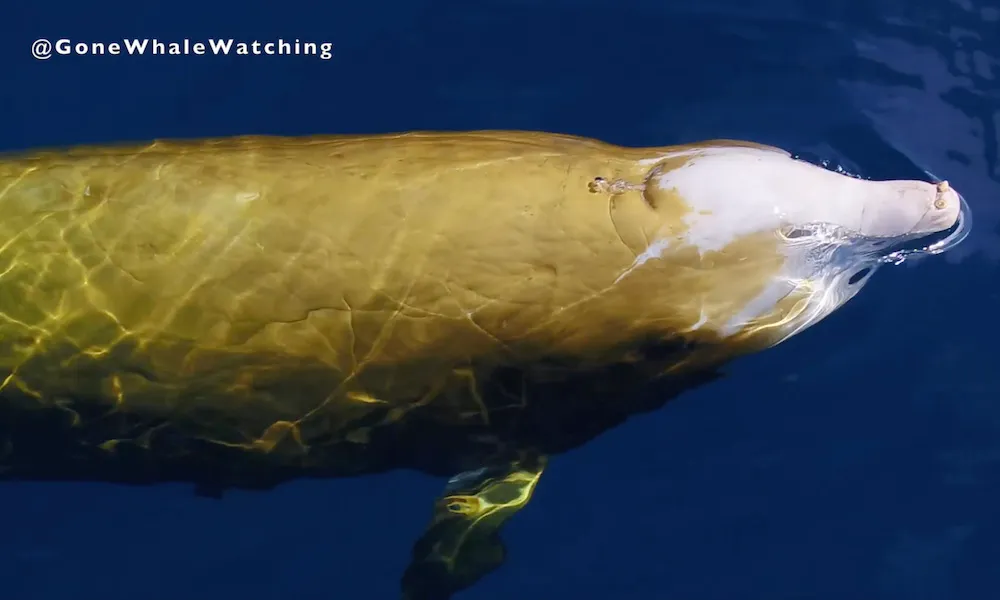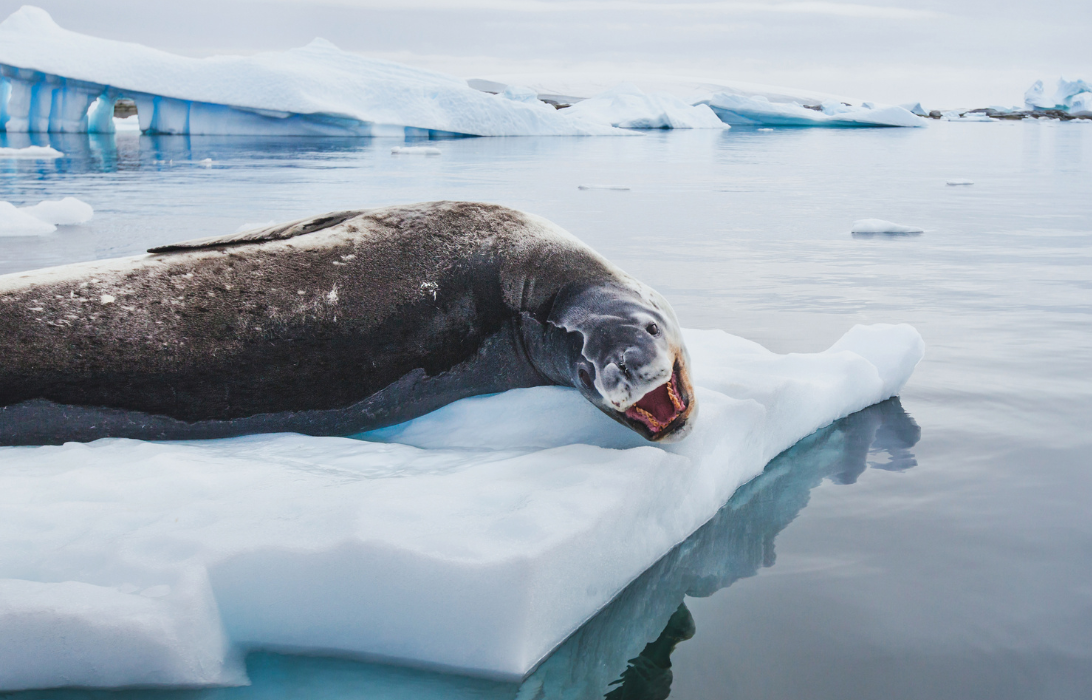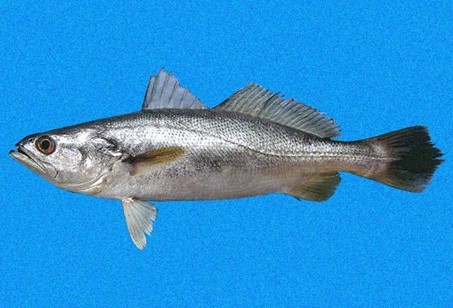LATIN NAME Carangoides ruber
AKA Bar Jack, Red Jack, Carbonero, Blue-striped Cavalla, Passing Jack
LENGTH 40 – 69 cm (15” – 23”)
WEIGHT 4–5 t (3.9–4.9 long tons; 4.4–5.5 short tons)
LIFETIME Both males and females mature by 3-4 years.
PHYSICAL TRAITS Dark horizontal bar that runs along it’s back and the lower tail fin, with an electric blue stripe below the black stripe on the body. The body color gets darker when bottom-feeding white belly
BEHAVIOR Found both alone and in large groups mobile between various different habitats
HABITAT Clear shallow waters, coral reefs, sandbars, lagoons, offshore, up to 100 meters deep
LOCATIONS Along coast from New Jersey to Brazil, Gulf of Mexico, West Indies
FOOD Fish, crustaceans, cephalopods
PREDATORS Other large carangids, as well as dolphins, mackerels, marlins, various seabirds, humans.
The Bar Jack is an elegant fish in the Jack (Carangidae) family resident to the Gulf of Mexico and Caribbean, extending along the coast of Brazil associated with coral reefs. Most often schooling and feeding pelagically, but occasionally foraging solo in shallow sand.
Their sound is produced by way of both grinding teeth and swim bladder oscillation.
Most accounts of the Bar Jack include a hetrospecific foraging relationship with the Puddingwife Wrasse – that the wrasse and the jack formed foraging teams that the Jack would even defend this team relationship against encroachment by conspecifics (other Bar Jacks).
Audiographs
Bar Jack
Sounds of the Western North Atlantic Fishes by Fish & Mowbray, 1970, University of Rhode Island, 2001 Bar Jack
Fish, M.P. and Mowbray, H.M. 1970. Sounds of Western North Atlantic Fishes. Baltimore, MD: The Johns Hopkins Press. p. 62Hoese, H.D. and Moore, R.H. 1998. Fishes of the Gulf of Mexico: Texas, Louisiana, and Adjacent Waters. Texas A&M University Press, College Station, Texas 77843



